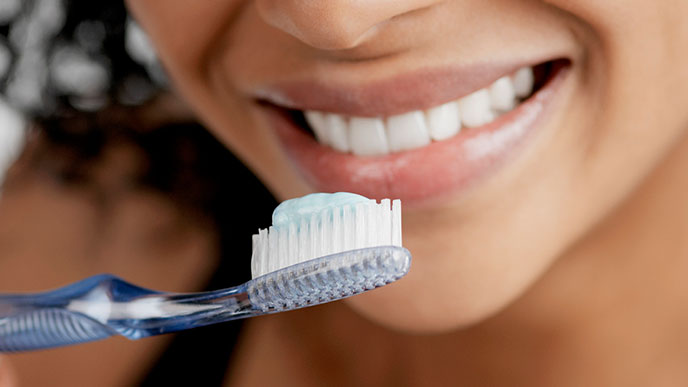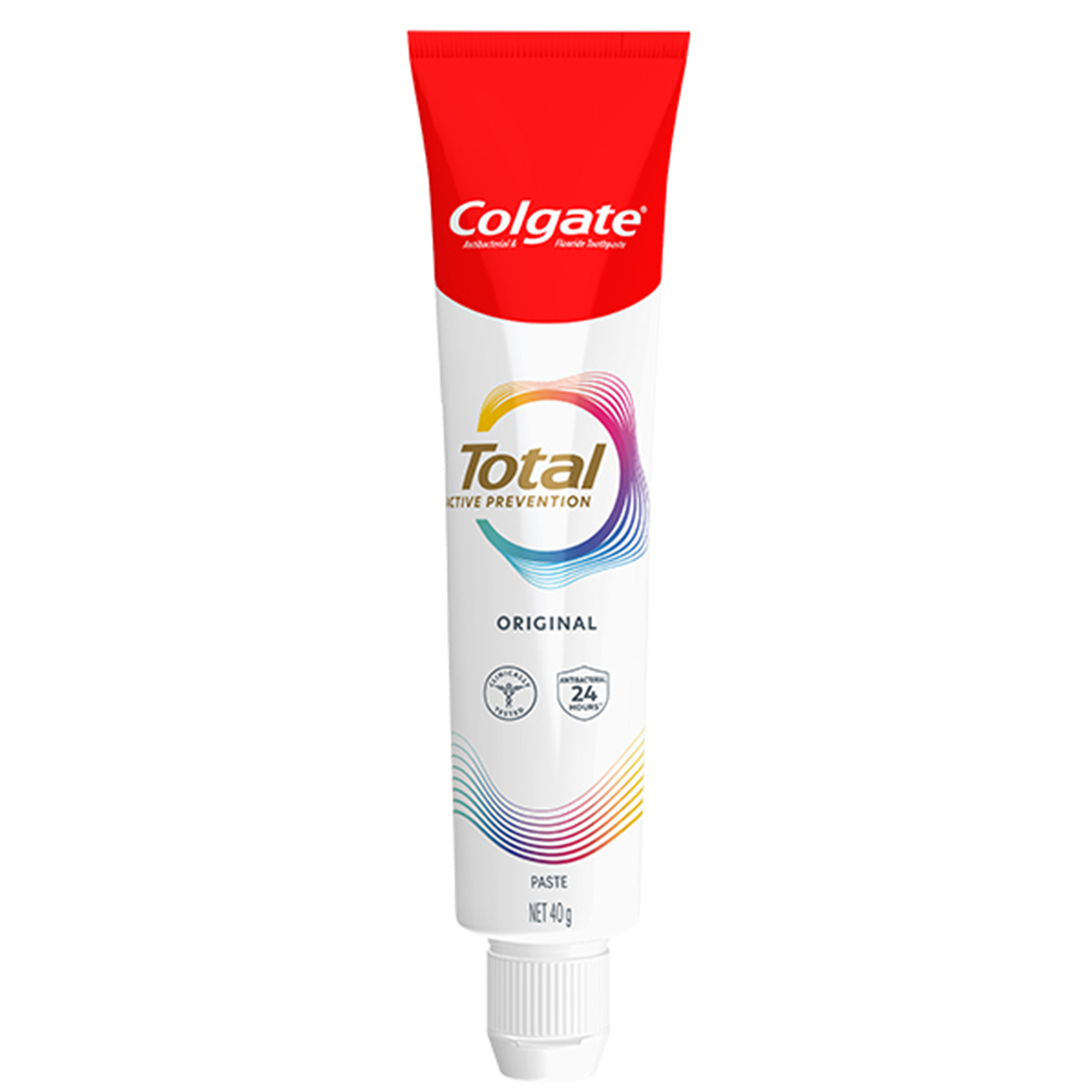How to Recognise Healthy Gums
Healthy, happy gum tissue has specific characteristics. Although the colour of normal gum tissue can vary, it’s typically coral pink or a darker hue due to your normal pigmentation (relative to your ethnic background). Healthy gum tissue is not inflamed and therefore fits snuggly and naturally around your teeth. The shape of gum tissue is typically knife-edged against the tooth and follows a curved line around each tooth. Normal gum tissue generally has a firm texture and may or may not have a stippled appearance – a bit like the outside of an orange. Lastly, there is no spontaneous bleeding with healthy gums.
What Causes Unhealthy Gums
Bacterial plaque is the usual cause of periodontal (gum) disease including gingivitis (the first stage of the disease), according to Better Health Channel. The gum tissue generally responds to bacterial plaque by becoming inflamed. This inflammation usually develops when plaque builds up around the gumline. When bacterial plaque is removed, the inflammation is reversed.
Other factors that might affect the health of your gums, according to the Australian & New Zealand Academy of Periodontists (ANZAP), include smoking or tobacco use, poorly controlled diabetes, genetics, medications, pregnancy and puberty, stress and poor nutrition. Periodontal disease has also been associated with some systemic diseases such as diabetes, heart disease and rheumatoid arthritis.
Common Warning Signs
There are several warning signs that you may notice or feel, which can indicate either early or advanced stages of gum disease:
- Red, inflamed or bleeding gums
- Gums that recede from the teeth
- Pus when pressing against the gums
- Permanent teeth that are loose or separating
- Any change to your natural bite
- Noticeable changes in the fit of your partial dentures
- Bad breath
Inflamed gums commonly bleed with brushing and flossing, but don’t let this stop you from carrying out these routines. The inflammation is caused by a buildup of plaque. If you start cleaning better and removing plaque you have previously missed, your gums will soon stop bleeding. Contact your dental professional for further advice if the bleeding doesn't stop.
Healthy Brushing
There are several healthy habits that you can use to improve or maintain healthy gums. Brushing at least twice a day with a soft-bristled toothbrush will help to control bacterial plaque that can accumulate on your teeth. Choose a toothbrush that contains bristles that are thin enough to access beneath the gumline and soft enough not to cause further irritation. Position your brush at a 45-degree angle towards the gumline when you brush the outside and inside surfaces of your teeth. You should use short and gentle strokes against the teeth in either a short back and forth, or a small circular motion. The chewing surfaces of the teeth can be cleaned with a scrubbing motion.
Correct Flossing
Flossing at least once a day to remove bacterial plaque and food debris will help to prevent gum disease while also curbing tooth decay and bad breath. The floss should be inserted between your teeth using gentle force. It is important to curve the floss in a ‘C’ shape around each tooth, moving it against the tooth and below the gumline, in an up-and-down motion. Then, make sure you insert a new section of floss between each set of teeth, so you don’t move microorganisms from one location to another.
Visit Your Dentist Regularly
It’s essential to have regular dental check-ups, and not to wait until you feel pain to make an appointment. Gum disease is usually painless until the late stages when teeth are likely to be lost, so it is essential to visit your dental professional routinely. Talk to your dental professional about your oral health; they can examine your gums to identify signs of unhealthy gums. Your dental professional can also recommend oral health products that are most effective in meeting your specific needs. And of course, your dental professional should give you a scale and clean to remove bacterial plaque and calculus (tartar), around and below your gumline.
This article is intended to promote understanding of and knowledge about general oral health topics. It is not intended to be a substitute for professional advice, diagnosis or treatment. Always seek the advice of your dentist or other qualified healthcare provider with any questions you may have regarding a medical condition or treatment.














